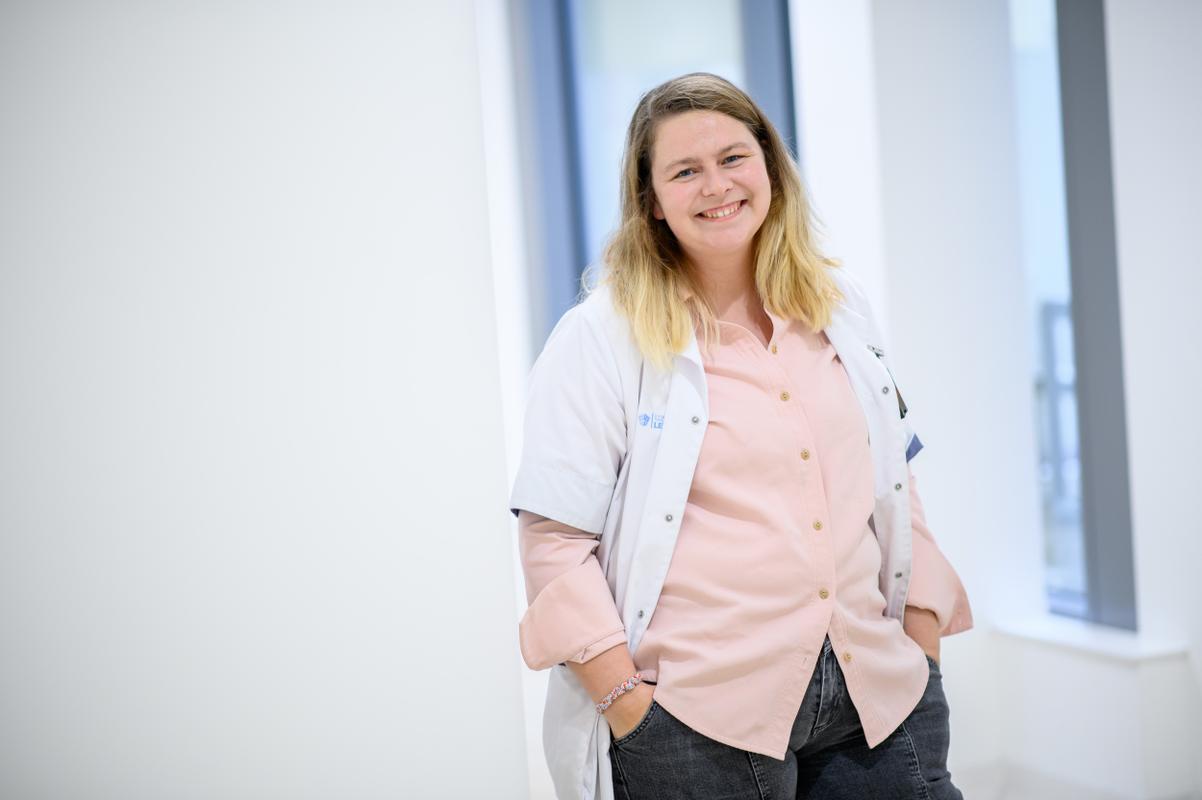Guardians of the proton therapy device
"My fellow radiation physicists and I lead a bit of a hidden life behind the scenes, but that’s fun too. (laughs) First of all, we make sure the proton therapy device works perfectly. It is a very complex device with different modalities, such as proton production and imaging. As soon as there is a problem, we also handle communication and the necessary additional checks. In addition, we work with the IBA engineers, who help monitor the parameters and make repairs if necessary."
The proton therapy device is very complex and has different modalities, such as proton production and imaging. We make sure that everything works perfectly.
The proton therapy device is very complex and has different modalities, such as proton production and imaging. We make sure that everything works perfectly. "So if there are difficulties or questions concerning the proton therapy device, we come into the picture. For example, if there are changes in the target volume, we check whether the dose delivered needs to be adjusted. But preventively, too, we provide useful tools to make radiation as efficient as possible."
Calculated treatment plan
"Another important part of our job is treatment planning. Using a mathematical model, we calculate which radiation dose is ideal for the patient. “Ideal” means that we achieve our goal of treating the tumour while protecting the healthy tissue and organs around it. I make plans for both proton and photon treatments, for all tumours in the brain region as well as the head and neck region."
Using a mathematical model, we calculate the ideal radiation dose for the patient. We achieve our goal of treating the tumour while protecting the healthy tissue and organs around it.
"Each plan we make is tested on the device beforehand. For each patient, we verify whether the calculated dose fully matches the delivered dose."
"If there is any doubt about whether a patient is better off receiving proton or photon therapy, we do a comparative planning study. Together with all colleagues we then consider which is the best modality for the patient. In that respect, PARTICLE is not a profit model: we always choose what is best for the patient. If the planning study shows that we can benefit from both proton and photon treatment, we combine the two. That is the advantage of the collaboration between the proton centre and the photon department of the hospital."
"This intense in-house collaboration, but also the collaboration with the doctors, physicists and other staff at the referring centres, is running more smoothly than I ever could have imagined."
